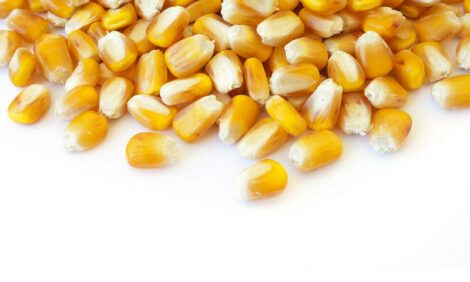



Sow Housing Options For Gestation
By Jay D. Harmon, Iowa State University and Donald G. Levis, The Ohio State University - Housing for gestating sows is very important to promote productivity, longevity and welfare of sows.Introduction
There are many options for the housing of sows which must adhere to environmental needs, space and animal movement considerations, and feeding and watering systems. This fact sheet focuses specifically on those needs and then describes a variety of housing systems that can be used to meet these needs to maximize their reproductive potential.
Objective
Discuss management considerations for the gestating sow, such as:
- Building environment
- Manure systems
- Watering systems
- Feeding systems
- Housing options
Building Environment
Ambient temperature. The suggested optimum range of air temperatures for gestating gilts and sows is 60-68°F. However, the effective temperature experienced by gestating sows and gilts is a function of air temperature, relative humidity, air speed, wall and ceiling temperature, floor characteristics, body weight, feed intake, huddling, and number of pigs housed together.
Animal behavior should be observed as an indication of thermal comfort. Animals that are too hot will pant and lay on their side, perhaps appearing lethargic. When they are too cold they will huddle and tend to lay on their stomach with their feet underneath them.
Heat stress. Because a gestation facility houses sows in various stages of pregnancy, it needs to be designed to prevent heat-stress. The first 30 days and last two weeks of gestation are the periods when heat stress can have the most critical detrimental effects on litter size and liveability.
Pregnant sows start experiencing heat-stress when the air temperature is greater than 84°F. The evaporative loss of heat from the pig’s skin is minimal (pigs do not sweat very effectively); thus, highly effective methods for cooling have to be installed. The basic components used in various combinations to cool gestating sows and gilts are shade, air movement, and some type of evaporative cooling such as dripping or spraying water or by using an evaporative pad.
Shade is very important for sows to prevent heat stress. The most reliable method of moving air during hot weather is by mechanical ventilation instead of by natural means since wind can be calm when it is needed the most. One method of cooling the air that enters a building is the evaporative pad cooling system. The incoming air is passed through a moist pad, and the heat in the air evaporates moisture into the air. Although the relative humidity in the building rises, the dry bulb temperature of the air is lowered.
The effectiveness of pad systems depends on the relative humidity of the outside air. Comparisons of methods are difficult because of regional weather differences, but evaporative pads work best in hot, dry climates while actually wetting animals and allowing water to evaporate works better in more humid climates. PIH-87, Cooling Swine, provides additional information on water and evaporative pad cooling systems.
Cold stress. The lower critical temperature (LCT) of a normally fed pregnant sow is within between 68-73°F for individually crated animals and approximately 57°F for group housed sows [1]. In group housed sows the LCT is lower than in individually housed sows because of the ability to huddle. Bedding lowers the LCT by 7°F, but deep bedded systems generally generate heat from composting and provide additional warmth for animals.
If the environmental conditions are too cold and feed intake is limited, a prolonged exposure to these conditions will have detrimental effects on body condition and possibly reproductive performance. It has been estimated that a pregnant, individually housed sow has an increase in daily heat production of approximately 0.002 Mcal/lb BW.75 for each 1.8°F decrease of ambient temperature below their LCT.
Thus, feed intake of a 450lb sow should be increased by 0.2 pounds per day (1.46 Mcal/lb of diet) for each 3.6°F decrease below the LCT. Insulation. To help control the ambient temperature within a gestation facility the building has to be adequately insulated. Remember, insulation is not only used to keep heat in a building, but it is also used to keep heat out during hot weather. Insulation is very important even in naturally ventilated facilities in warm climates because it reduces the temperature of the underside of the roof. In cold weather it increases the inside surface temperatures of facilities, making animals more comfortable. Insulating methods for a gestation facility are found in PIH-65, Insulation of Swine Housing.
Further Information
To continue reading this article, please click here
December 2006








